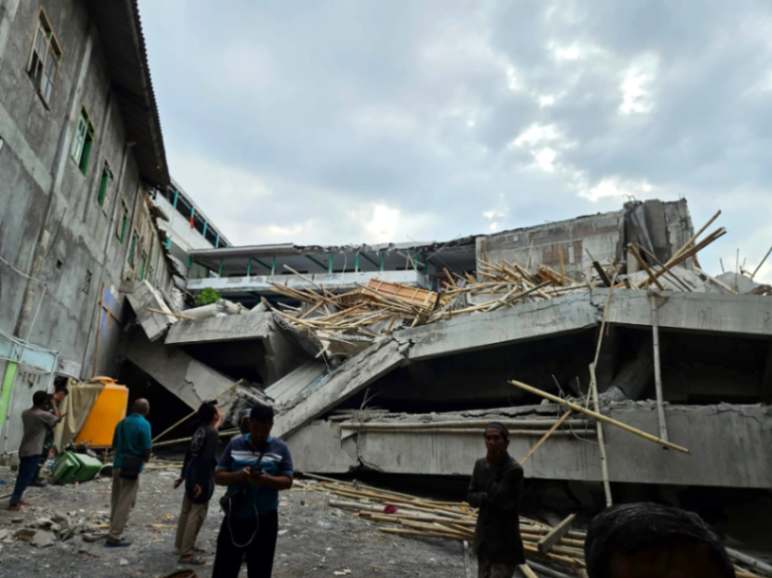Indonesia School Collapse: 91 Still Trapped as Over 300 Rescuers Dig by Hand
More than 300 rescuers are manually digging through debris after an East Java boarding school collapse left 91 trapped. Here's what you need to know.

Ongoing Crisis at East Java Boarding School
The recent collapse of an Islamic boarding school building in Sidoarjo Regency, East Java, has raised grave concerns about safety standards and emergency preparedness. As of October 1st, 91 students and staff remain trapped under tons of rubble, while over 300 rescuers tirelessly continue manual excavation efforts to reach survivors.
This tragic event not only highlights the dangers of structural failures but also underscores the complex challenges faced during large-scale rescue operations. With 3 confirmed fatalities and dozens injured, including 26 critically, the situation demands immediate attention and action.
Why Are Rescuers Still Digging by Hand?
You might wonder why such a massive rescue effort relies almost entirely on manual labor instead of heavy machinery. The answer lies in the risk of secondary collapses.
Deploying large machines could cause vibrations strong enough to destabilize the already fragile structure, potentially endangering trapped victims and rescuers themselves. Hence, the teams carefully and painstakingly remove debris bit by bit, guided by signs of life detected beneath.
In a heartening display of human perseverance and coordination, over 330 individuals from various agencies—including the National Search and Rescue Agency, military, police, disaster management, and social rescue—work in shifts around the clock. Rescuers have started delivering food and water through small gaps to survivors, a critical lifeline amid the rubble.
Raising Important Questions About Safety and Preparedness
Such a devastating incident forces us to confront pressing questions: Are building codes and construction oversight adequate enough to prevent these tragedies? What measures can be implemented to improve rapid response and reduce casualties in future emergencies?
The fact that an institution for young students has suffered this catastrophe shakes public confidence and calls for a thorough examination of standards across the country. It also serves as a reminder of the unpredictable dangers posed by natural disasters or structural faults.
While the current focus remains on uncovering survivors, the broader conversation around prevention, safety audits, and timely infrastructure maintenance must not be ignored.
Community Solidarity and Global Support
In times like these, the unity among rescuers, families, and the community truly shines. Their courage and resilience inspire hope despite the grim situation.
Global attention and aid could further bolster rescue efforts and provide humanitarian relief to affected families. It is crucial for governments and organizations to collaborate more effectively in disaster preparedness and response strategies moving forward.
As we watch this harrowing situation unfold, let's keep those trapped and the rescue teams in our thoughts — hoping for swift and safe recovery of all.




